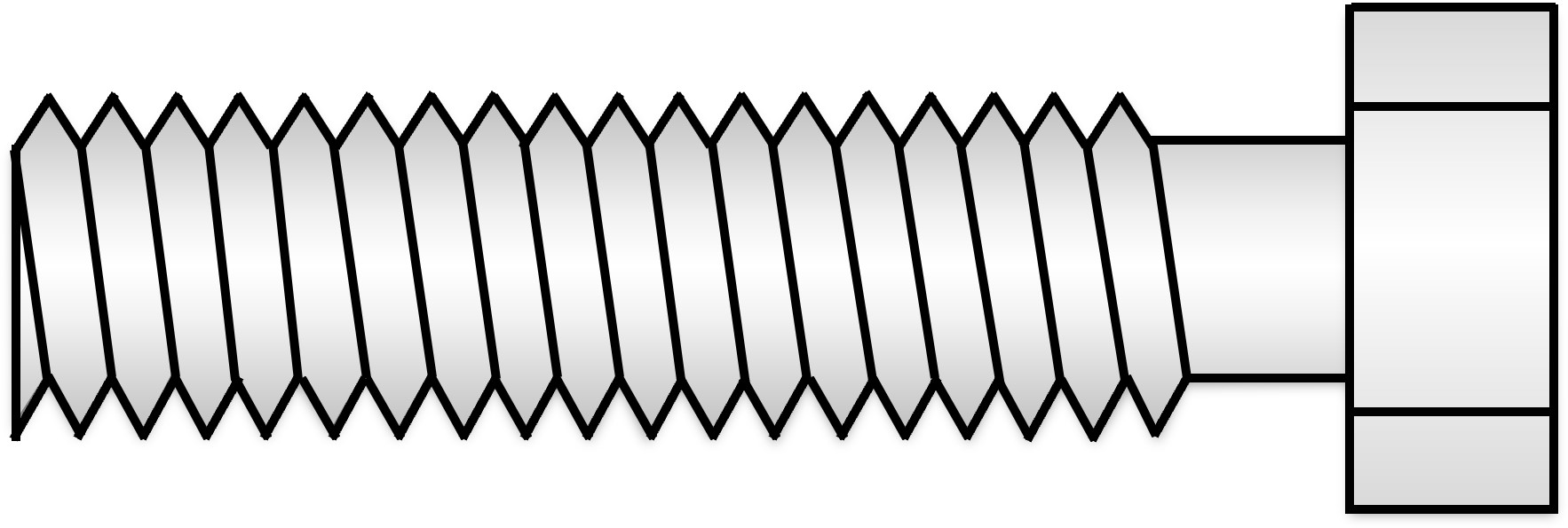The "tolerance" is the difference between the maximum and minimum values of a given dimension.
"Tolerance" is the difference between the limit value allowed for the reference dimension.
The larger one is referred to as the "upper tolerance" and the smaller one is referred to as the "lower tolerance" relative to the reference dimension
